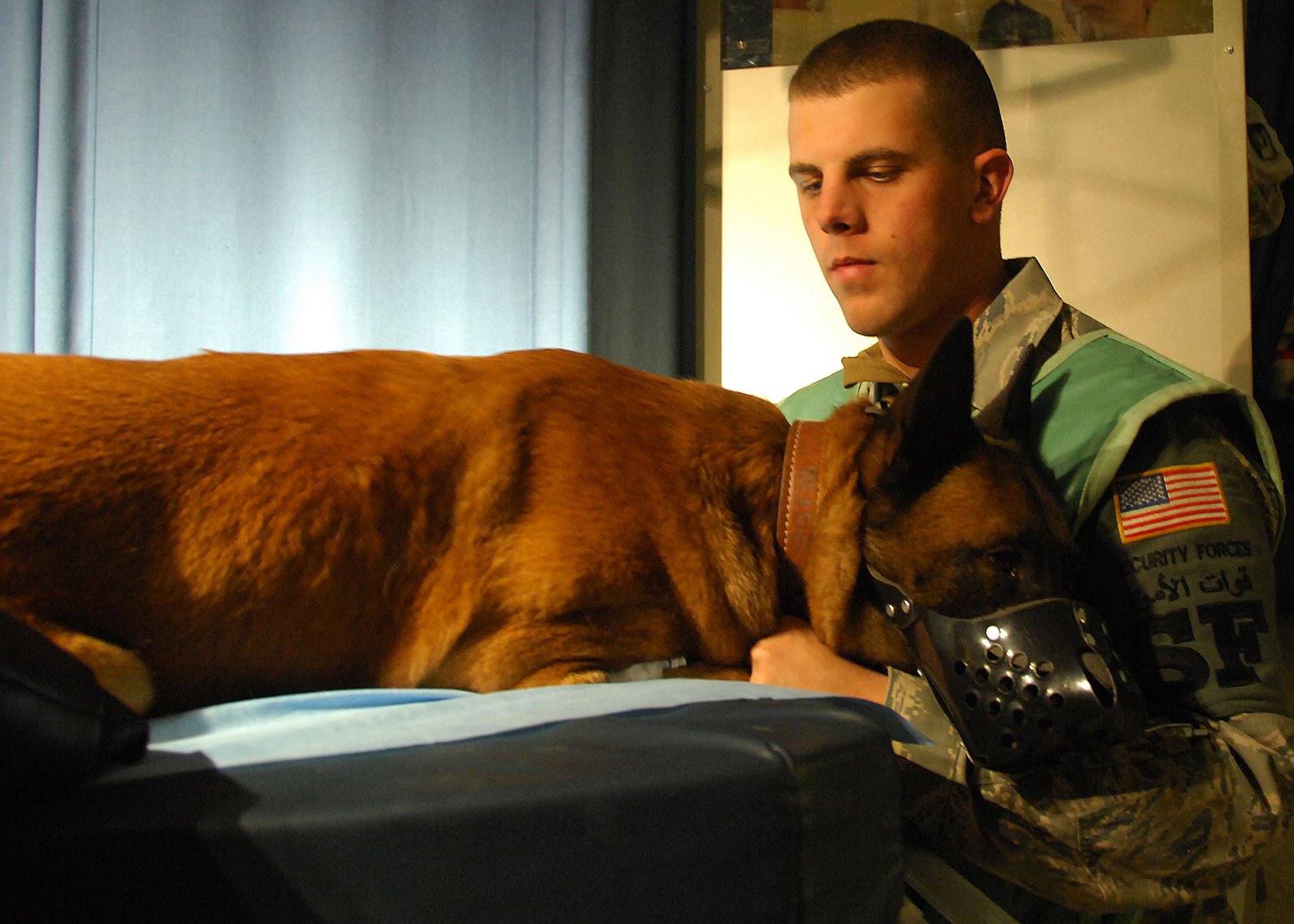Understanding a Dog’s Grief: More Than Just Sad Eyes
When we think about grief, it’s easy to imagine a person mourning the loss of a loved one. But did you know dogs experience grief too? The signs might not be as obvious as tears, but they’re just as real. Dogs can feel deep sadness after losing a companion—whether it’s another pet or a beloved human. You might notice your furry friend becoming withdrawn, refusing food, or showing less enthusiasm for play. Sometimes, they’ll even search the house, hoping to find the one who’s gone. It’s heartbreaking to watch, and it’s proof that our canine pals have emotions that run much deeper than we sometimes give them credit for. If you’ve ever lost someone, you know how heavy that weight can feel—and dogs aren’t immune to that ache. Recognizing this is the very first step to being there for your grieving pup.
Spotting the Signs: How Dogs Show Their Grief
Dogs don’t use words to tell us they’re hurting, so we have to rely on their behavior. A grieving dog might sleep more than usual, or the opposite—they can become restless, pacing and whining. Sometimes, they’ll lose interest in their favorite treats or toys. You might hear them howling or notice they seem glued to your side, needing comfort. In some cases, a dog may even have accidents in the house, despite being well-trained. Changes in appetite, weight loss, or even excessive licking or chewing on themselves are all possible responses to loss. It’s almost as if their whole world has shifted, and they’re trying to make sense of it. Paying close attention to these signals helps you understand what your dog is going through—and how much they need your support right now.
Staying Close: The Power of Your Presence

When a dog feels loss, your presence can be their anchor in a sea of confusion. You don’t need to have the perfect words—they wouldn’t understand them anyway. What matters is that you’re there. Sitting quietly beside your dog, offering gentle pets, or just letting them lie next to you can work wonders. Sometimes, all your pup wants is to feel that someone is near. Even if they don’t seek out cuddles, just being in the same room can help them feel safer and less alone. For many dogs, the comfort of a familiar human is like a soft blanket on a cold night—reassuring and warm. Make it a habit to spend a bit more time together, especially during the first days and weeks after a loss. It’s a simple act, but one that says, “I’m here, and you’re not alone.”
Maintaining Routines: Why Consistency Matters
Loss can throw a dog’s world into chaos, but routines offer a sense of stability. Dogs thrive on predictability—knowing when they’ll be fed, walked, and played with makes them feel secure. When grief hits, try your best to keep their daily schedule as normal as possible. Feed them at the usual times, stick to regular walks, and don’t skip playtime, even if your heart isn’t fully in it. These rituals act like signposts for your dog, signaling that life is still moving forward. If you used to go on a morning stroll with your dog and their lost companion, keep up that tradition. It may feel bittersweet, but it helps your surviving dog adjust. Think of routine as a comforting melody in the background—it may not erase the pain, but it offers a steady rhythm when everything else feels offbeat.
Offering Comfort Through Touch and Voice

Never underestimate the soothing power of a gentle hand or a soft word. Dogs pick up on our emotions, tone, and even our heartbeat. Stroking your dog slowly can calm their nerves and remind them they’re loved. Some dogs respond well to being held or cuddled, soaking up your warmth like sunshine after rain. Others might just want a reassuring pat or a gentle scratch behind the ears. Your voice can be just as comforting—speak quietly, using familiar phrases or even singing softly if that’s something you’ve done before. If your dog seems especially anxious, you can try wrapping them in a cozy blanket for extra reassurance. Each dog is unique, so pay attention to what makes yours relax. Touch and voice are like invisible hugs, wrapping your dog in comfort when words fall short.
Encouraging Gentle Play and Distraction

It’s natural for a grieving dog to lose interest in play, but a little gentle encouragement can help lift their spirits. Start with simple games your dog already loves—maybe a slow-paced game of fetch or tug-of-war with their favorite toy. Don’t force it—let your dog set the pace. Sometimes, just being outside together or exploring a new scent in the yard can provide a welcome break from sadness. If your dog isn’t ready for active play, try offering a puzzle toy or a long-lasting chew to engage their mind. Think of play as a splash of color on a gray day—it might not erase the clouds, but it can bring a little brightness back. Remember, the goal isn’t to “fix” their grief, but to remind them that joy is still possible, one small moment at a time.
Introducing New Experiences Gradually

After a loss, it’s tempting to fill the void with something new—a new toy, a new walking route, or even a new pet. While these can eventually help, it’s important to take things slow. Sudden changes can overwhelm a grieving dog, making them feel even more unsettled. Instead, try introducing new experiences gently, one at a time. Maybe add an extra walk, or try a different park, but keep the rest of their world familiar. If you’re considering adding another pet to the family, wait until your dog has had time to adjust—forcing a new relationship too soon can lead to stress for everyone. Think of these changes as stepping stones, not a leap across a river. Each small step can help your dog rediscover curiosity and hope, without feeling rushed or pressured.
Seeking Support When Grief Runs Deep
Sometimes, despite your best efforts, a dog’s grief can become overwhelming. If your dog refuses to eat, seems depressed for weeks, or shows signs of illness, it may be time to reach out for help. Your veterinarian can rule out any underlying health issues and offer guidance on supporting your dog emotionally. In some cases, professional trainers or pet grief counselors can provide additional strategies. Remember, asking for help isn’t a sign of failure—it’s a sign of love. Just like humans, some dogs need extra support to heal. You’re not alone in this, and neither is your dog. Reaching out can make all the difference, giving your furry friend the best chance to move forward and find comfort again.
Jen is a passionate nature lover and ocean conservationist. She has dedicated her life to protecting the environment and preserving the beauty of the natural world. Growing up in a small coastal town, Jen sincerely appreciated the ocean and its inhabitants. She has spent countless hours exploring the shoreline, learning about the creatures that inhabit the waters, and advocating for their protection. Jen is an active member of ocean conservation organizations, and she is committed to educating the public about the importance of conserving wildlife and the natural environment.






